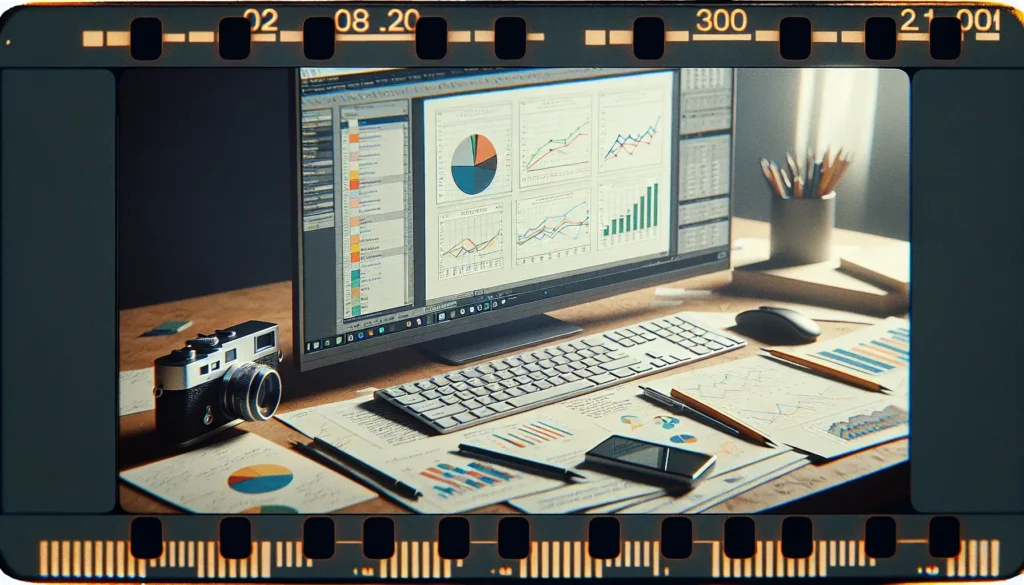While Microsoft Word doesn’t have built-in graph paper templates, you can easily create custom graph paper backgrounds using lines, grids, and other shapes tools.
In this step-by-step tutorial, you’ll learn how to make graph paper in Word by customizing page color, adding gridlines, using borders, and more.
Prerequisites
Before we get started, make sure you have the following:
- Microsoft Word 2007 or newer
- Basic familiarity with Word
The instructions work for both Windows and Mac versions.
Step 1: Open a Blank Word Document
Launch Microsoft Word and create a new blank document. You can also open an existing Word file to add a graph paper background.
Open blank word document
Step 2: Set Page Size and Margins
Go to the “Layout” tab and click on “Size.” Select your desired paper size like A4 or Letter.
Next, adjust the page margins to fit more graph lines and content. Narrow margins work best for graph paper.
Set page size and margins
Step 3: Add Page Color or Fill Effect
Go to the “Design” tab and click on “Page Color.” Pick a light color like gray, blue, or yellow as the page background.
Alternatively, click “Fill Effects” and select a pattern like “Small Grid” or “Large Grid.” Adjust foreground and background colors.
Add page color or fill effect
Step 4: Insert Table and Customize Grid
Click Insert > Table and add a table with the desired number of columns and rows for your graph paper grid.
Right-click the table, select “Table Properties”, and customize borders, cell padding, alignment, and colors.
Insert table and customize grid
Step 5 (Optional): Add Gridlines
For additional gridlines, go to “View” tab and check the “Gridlines” option. Toggle row and column gridlines spacing for the preferred scale.
Add gridlines
Step 6: Add Headers, Footers, Page Numbers
Use headers and footers to add titles, page numbers, dates, etc. This gives a more professional graph paper layout.
Go to “Insert” tab and click headers or footers. Type the text and use tabs to position content.
Add headers footers and page numbers
Step 7: Save as Word Template
Go to File > Save As and pick Word Template (*.dotx) as the file format. Save your custom graph paper as a reusable template.
Conclusion
Now you have a graph paper Word template that you can open and print whenever needed for charts, graphs, plans, drafting projects, and other applications.
Customize the scale, sizes, colors, and styles to create different types of graph paper backgrounds like engineering graph paper, log paper, quadrille paper, and more.
So next time you need graph sheets, save time by making them directly in Microsoft Word!
Citations:
[1] https://smallbusiness.chron.com/graph-paper-microsoft-word-75654.html
[2] https://www.vertex42.com/WordTemplates/printable-graph-paper.html
[3] https://www.lcps.org/cms/lib4/VA01000195/Centricity/domain/116/atsquared/Creating%20Customized%20Graph%20Paper%20in%20MS%20Word%202007%20and%202010.pdf
[4] https://www.thetechedvocate.org/how-to-make-a-graph-paper-template-in-microsoft-word/
[5] https://answers.microsoft.com/en-us/msoffice/forum/all/blank-document-shows-as-graph-paper/bc0eb759-68b7-4752-b4ea-29dab70af693
[6] https://www.youtube.com/watch?v=Qxp0vVpe2E8
[7] https://create.microsoft.com/en-us/templates/papers-and-reports
[8] https://answers.microsoft.com/en-us/msoffice/forum/all/how-do-i-insert-a-piece-of-graph-paper-into-a-word/53c2c89e-f142-4774-88bf-e5cbd071851f
[9] https://templatelab.com/graph-paper-templates/
[10] http://www.davebodnar.com/tips/making_grid_graph_paper_in_word.htm
[11] https://www.youtube.com/watch?v=_VV4vLrfHYc
[12] https://answers.microsoft.com/en-us/msoffice/forum/all/graph-paper-as-background-in-a-word-document-tiled/f306c804-d76d-4c43-ab55-c3aa6f037303
[13] https://www.template.net/business/paper-templates/printable-grid-paper/
[14] https://www.youtube.com/watch?v=GtLVtSYbdWw
[15] https://www.template.net/business/paper-templates/graph-paper/
[16] https://www.youtube.com/watch?v=lno6–er02s





